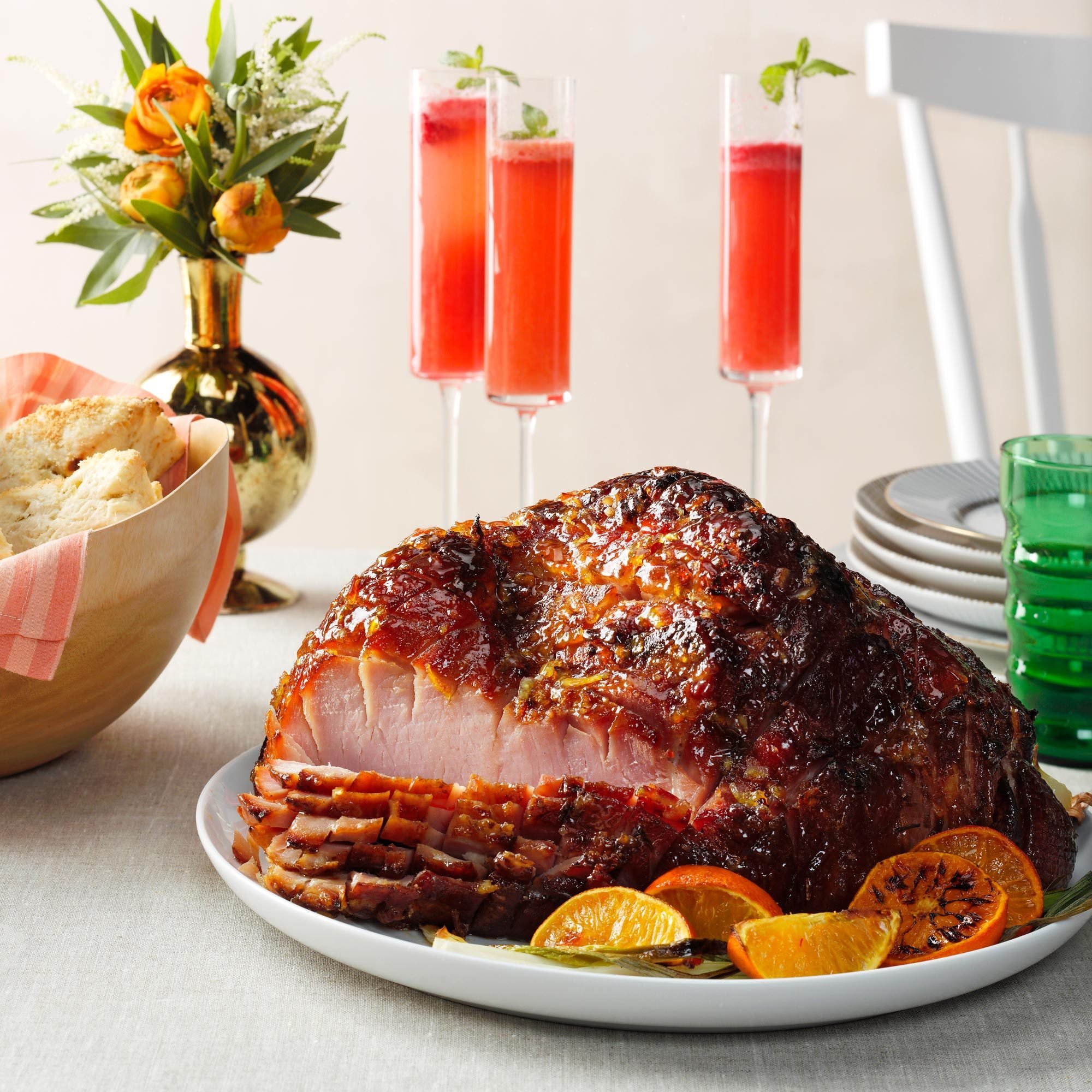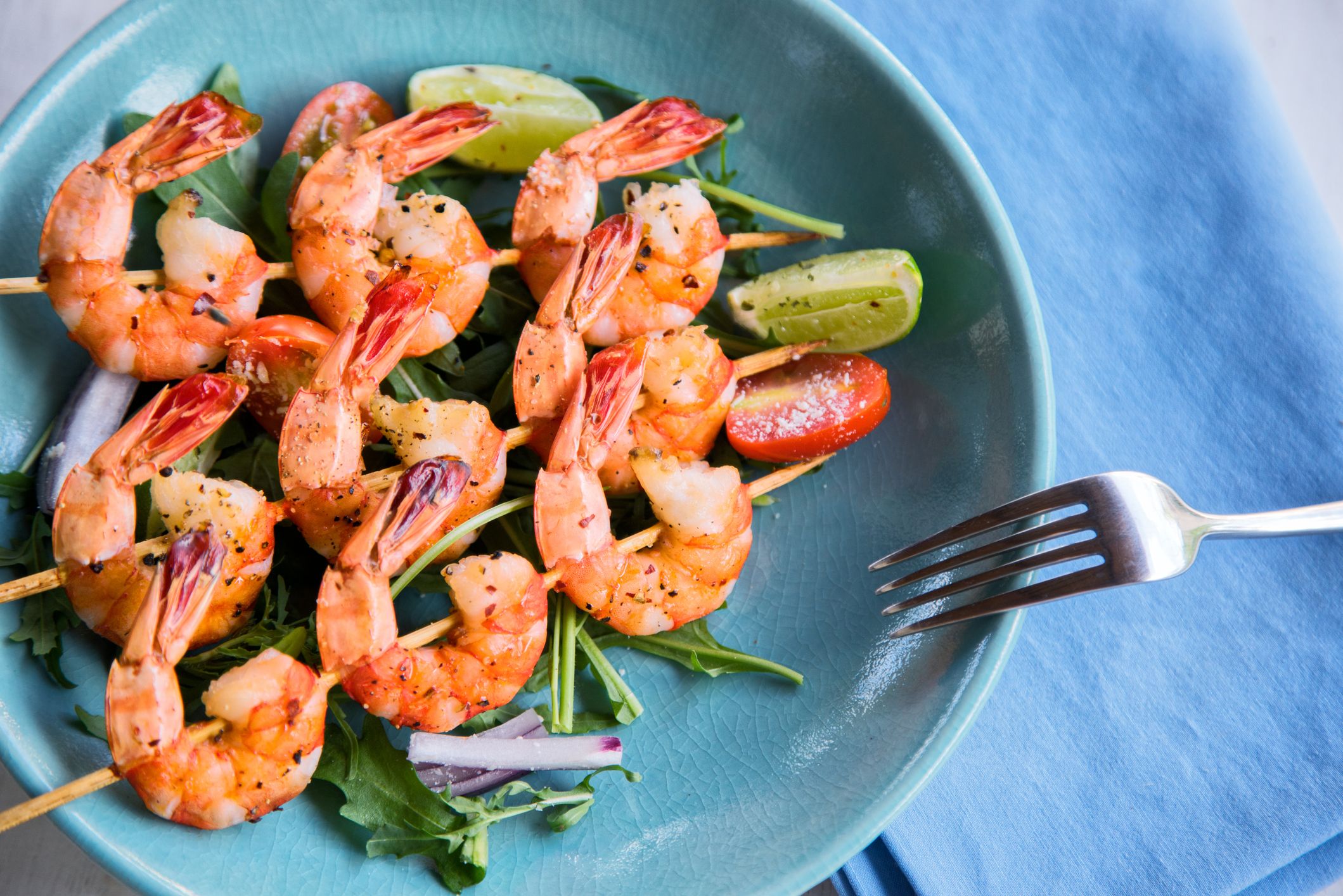There are plenty of naturally pink foods to add visual appeal to your diet. These foods also provide important vitamins and minerals to keep you healthy.
The most common pink food is strawberries. These juicy berries are delicious and nutritious, offering a variety of nutrients that promote health. Other naturally pink fruits include lychee, watermelon, and guava.
Ham

Ham is a delicious source of protein and can be enjoyed sliced on sandwiches or as a side dish. Cured ham is also rich in iron and other minerals, making it an excellent addition to a balanced diet. This meat is naturally pink and can be a fun way to add color to any meal.
Pink foods include berries, prickly pear fruit, pomegranates, beets, strawberries, and salmon. Incorporating these foods into a healthy diet will help boost your immune system and fight disease. Many of these foods are also rich in antioxidants, known to have anti-aging properties.
Strawberry protein overnight oats are a delicious way to start your day and a great way to add natural pink food items to your breakfast. You can make these oats the night before a pink party or special occasion to save time in the morning. Beet hummus is another tasty and nutritious pink food that can be served as a dip or spread.
Watermelon is the classic pink food that reminds us of summer picnics. It is a refreshing and tasty treat that is a good source of vitamins A and C. Watermelon is also a good source of fiber.
Prickly pear fruit is a sweet, juicy snack rich in vitamin C, calcium, potassium, and fiber. It has a unique fragrance similar to melons, kiwis, and bubblegum. This subtropical fruit is a low glycemic index food with many health benefits. Salmon is an excellent source of omega-3 fatty acids, B vitamins, astaxanthin, and carnosine. This fish is also a good source of protein. It can be grilled, baked, or fried and is a tasty addition to any dinner plate.
Salmon

Pink food items make for fun additions to any meal or party. From classic strawberry ice cream to rose-flavored Turkish delight, these foods impress your guests and add color. Many pink foods also offer a range of health benefits. For instance, salmon is a rich source of omega-3 fatty acids, which can improve heart health. In addition, roe is a naturally pink variety of caviar that can boost brain and eye health.
Another healthy pink food is the rosy pearl apple, a relative of cashews with anti-inflammatory properties. The fruit also provides a healthy dose of fiber and vitamin C. Meanwhile, radicchio is a leafy vegetable from the Chicory family that offers a tangy bite and a vibrant shade of pink.
Other naturally pink foods include the heirloom tomato and the crocodile fruit (or lychee). The latter is a tropical Asian fruit with spikey dark pink skin you can suck the flesh off of. It resembles a cross between a pear and a plum and is the perfect addition to fruit water or smoothies.
The heirloom tomato is less common than the standard tomatoes sold in grocery stores, but it’s a good source of vitamins A and C. The fruit’s color is due to its high anthocyanin content and powerful antioxidants that protect the plant against disease and premature aging. The heirloom tomato is also rich in dietary fiber and potassium. In addition, heirloom tomatoes have a sweeter taste than their non-heirloom counterparts.
Shrimp

Protein-rich seafood, shrimp is naturally pink and makes a delicious addition to salads and stir-fries. This seafood option is also a good source of heart-healthy omega-3 fatty acids.
Sweet pink foods include strawberries, raspberry macarons, and rose-flavored Turkish delight. These desserts and sweets can be made with natural fruit purees or food coloring to create the perfect pink hue. Pink drinks include strawberry lemonade, rose milkshakes, and blush wines.
Other pink fruits include lychee, an exotic Southeast Asian fruit with spikey dark skin that you suck the sweet pink flesh off of. Add these to fruit, water, and smoothies for a refreshing pink beverage.
Pink vegetables include cauliflower and certain varieties of Swiss chard. These vegetables get their color from natural compounds called anthocyanins. You can enjoy them roasted, in salads, or as part of a vegetable saute.
Watermelon is a popular pink summer fruit rich in vitamin C, potassium, and magnesium. It’s also a good source of dietary fiber.
Another healthy and flavorful pink food is strawberry yogurt. You can enjoy it by itself or on a cake for a special occasion. Other popular pink snacks include sour candy and strawberry popcorn. You can also try a hot pink cocktail to help celebrate Valentine’s Day or a birthday party. You can find many recipes online for pink-themed desserts and meals. These can be made beforehand and serve a large crowd at a party or event. You can even use a cheap tablecloth as a DIY backdrop to take photos of guests enjoying the pink foods. The images will make great keepsakes.
Tuna

Including pink foods in your diet can add a splash of color and a variety of nutrients. The pink hue in these foods comes from antioxidants called anthocyanins, which offer many health benefits. These include the ability to fight free radicals and reduce inflammation. They can also help prevent cardiovascular disease and promote eye health. Pink foods can be found in various fruits and vegetables, such as watermelon, strawberries, and grapefruit. They are also present in some fish, such as salmon, and plant-based options, like adzuki beans and pink grapefruit juice.
You can also find pink foods in several desserts and beverages. For example, try a refreshing strawberry milkshake or a cocktail made with rose wine. You can even make a pink buttermilk soup perfect for a spring or summer party. The food coloring in this dish comes from beets, which provide a bright and bold pink color that is appealing to the eyes and delicious to the palate.
Another popular pink food is watermelon radish, which has a rosy exterior and a crunchy texture. It is a good source of fiber and vitamin C. It is also rich in the flavonoid naringenin, which can lower your risk of heart disease and help with digestion.
In addition to fruits and vegetables, you can also find a variety of pink-colored meats, including salmon, shrimp, and tuna. These foods are an excellent source of protein and contain essential fatty acids that help maintain a healthy weight. Additionally, these foods are high in iron and B vitamins.
Turkish Delight

Turkish delight is a delicate confection made of sugar, cornstarch, rose water, and various flavors. It has been a popular dessert in Turkey, Iran (Persia), and the Balkans since the late 18th century. Originally, it was known as lokum or rahat lokoum. Still, the name “Turkish delight” was reportedly coined in the late 18th or early 19th century by an unnamed British traveler who brought a sizeable stash home.
The basic recipe is simple: combine 850 milliliters of water with gelatin, caster sugar, and cornstarch, and whisk well until it reaches the consistency of petroleum jelly (no lumps). Then, add food coloring and rosewater. You can also use lemon, lime, or orange zest and corresponding food coloring to give the Turkish delight a citrus finish. You can even add whole or coarsely chopped nuts, such as pistachios or almonds, to the mixture before pouring it into a dish for setting.
While not necessary, adding citric acid or cream of tartar can help prevent a gummy candy texture. However, if you use rosewater, be cautious; too much can make the Turkish delight taste soapy or perfume-like.
Once the mixture is poured into a pan and set, dust a clean and nonporous work surface with powdered sugar and use an oiled knife to cut the Turkish delight into squares. Store the Turkish delight in a covered container at room temperature, keeping it dusted with the powdered sugar/cornstarch mix to avoid stickiness. A similar confection called loukoumi, made with mastic (a resin extracted from the tree-like fruit) instead of rosewater, is a traditional delicacy in Greece. This version is commonly served at Greek weddings.








